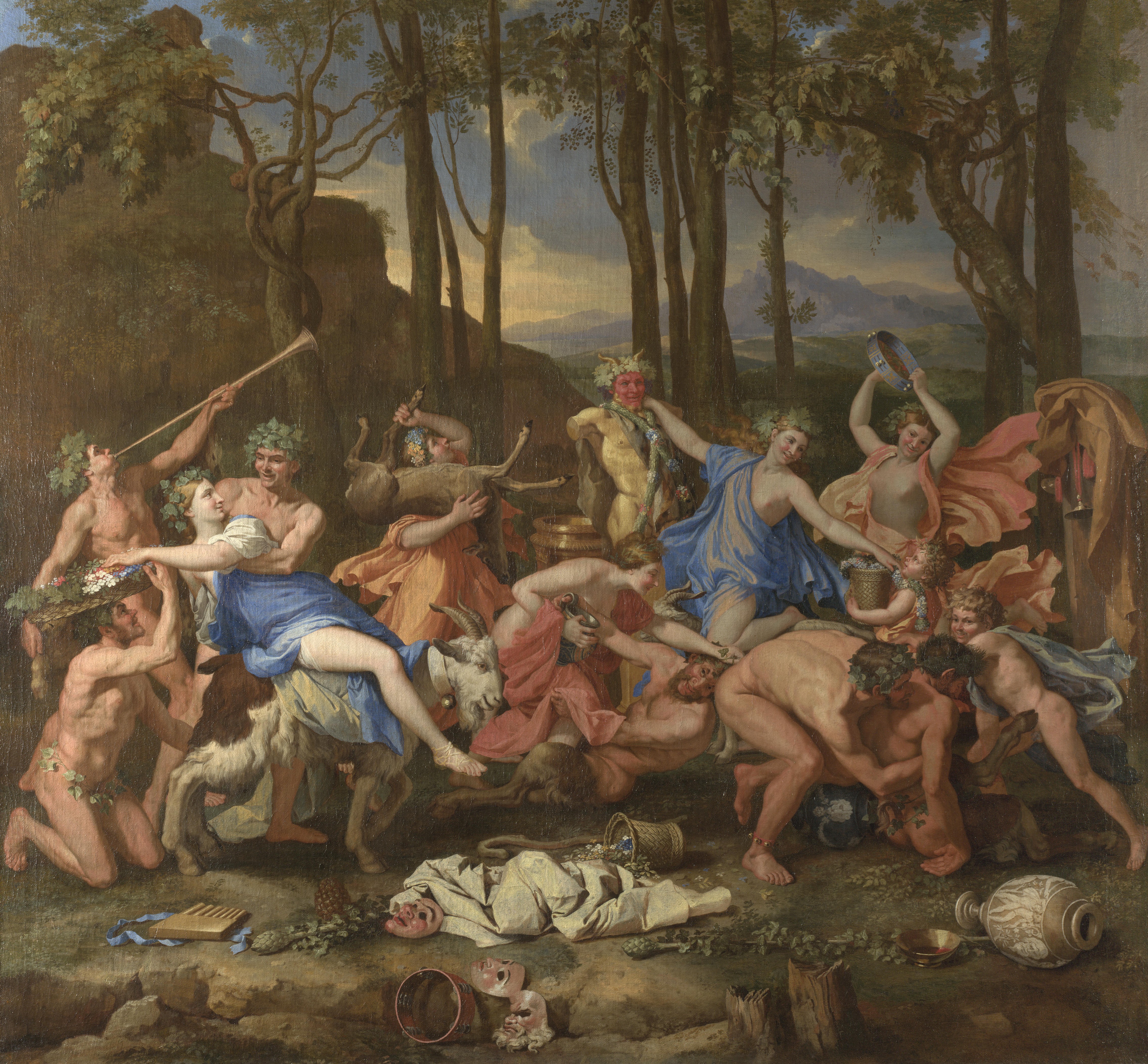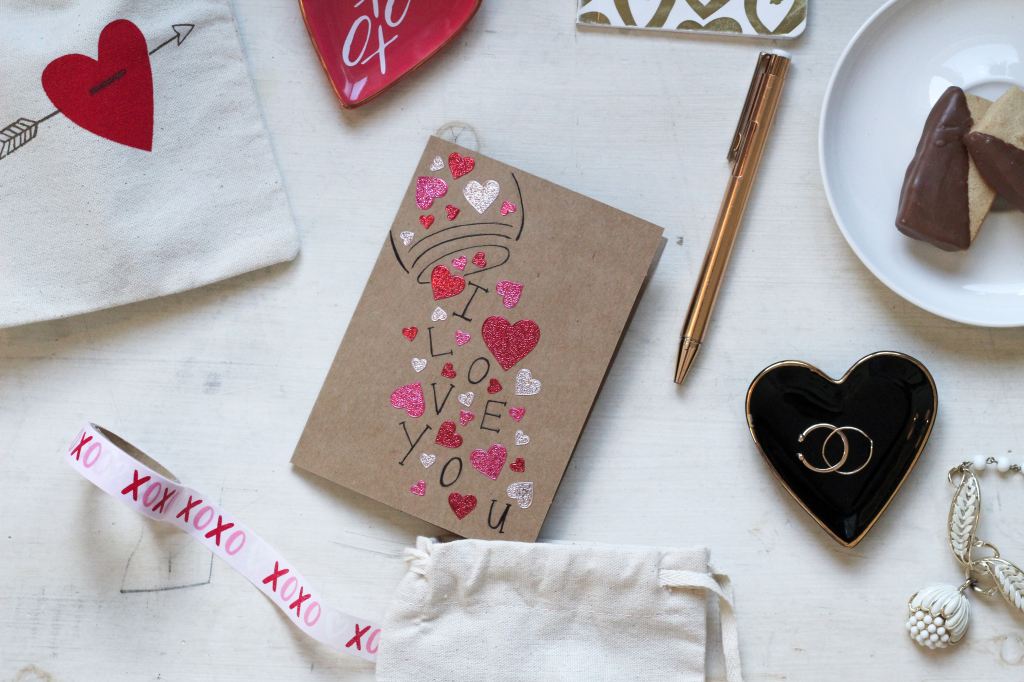
February 14th is celebrated as Valentine’s Day, and is also a Feast Day for Venus and Aphrodite . . . a perfect time to celebrate the Goddess within and love of all kinds!
I love how the significance and meaning of this date has changed over time, reflecting how those celebrating it also changed over time. For me this is key, as I truly believe that the Wheel of the Year, so fundamental in my practice, should not only reflect the practices of my ancestors as they aligned with the energy of the year, but should most definitely reflect my locale . . . my beliefs . . . my philosophy.
So it is with what we now know as Valentine’s Day, the date of which has had long associations with love and lust.
In ancient times (Roman or even pre-Roman), the date was celebrated around 13-15 February as the pagan festival Lupercalia (from the Latin lupus, meaning wolf), led by the Luperci (Brothers of the Wolf) priests. There is also some indication that the festival celebrated the god Faunus (half man, half goat), the Roman counterpart to the Greek god Pan, a satyr (part man, part horse). The festival was part of the Februa month (from the Latin for purity) cleansing and purification ceremonies, which also invited health and fertility. The wolf symbolism honours the mythical founders of Rome, the twins Romulus and Remus, who were nurtured by a female wolf (Lupa).
The Lupercalia festival was marked by sacrifice and bloodlust, far removed from today’s Valentine’s Day celebrations. Fertility and romantic partnerships were a large part of Lupercalia. In her book 365 Goddess: A Daily Guide to the Magic and Inspiration of the Goddess, author Patricia Tedesco reports that during Lupercalia, single women placed their names in a box and unmarried men drew their name for “pairing off” in the coming year. A love lottery, which apparently both men and women enjoyed.
By the 5th century, Pope Gelasius I christianized the Lupercalia festival by honouring, instead, Saint Valentine, a Christian martyr. There were several martyrs with that name who died around the date we now honour as Saint Valentine’s Day, and as many legends for how the holiday became associated with romance.
One tale holds that a martyred priest healed the blind daughter of his jailer, and before his death sent her a letter “from your Valentine”. In another tale, Valentine was a bishop who married couples to prevent the husbands from going to war.

And even Chaucer, author of the Canterbury Tales, had something to say about Valentine’s Day and the “love birds” tradition. It seems in those days, February 14th also celebrated the mating of birds, perhaps the source of the term “love birds”! In his “Parlement of Foules”, Chaucer wrote,
“For this was on seynt Volantynys day. Whan euery bryd comyth there to chese his make.”
From a fascinating post in The Conversation, which also shares other secular Valentine’s Day lore, “It seems that, in Chaucer’s day, English birds paired off to produce eggs in February. Soon, nature-minded European nobility began sending love notes during bird-mating season. For example, the French Duke of Orléans, who spent some years as a prisoner in the Tower of London, wrote to his wife in February 1415 that he was “already sick of love” (by which he meant lovesick.) And he called her his “very gentle Valentine.””

By the 14th Century, Saint Valentine’s day became associated with “courtly love” (tales of knights and fair maidens) and by the 18th Century, it morphed again into a day when couples gifted candy, flowers and hand-written “Valentines”. With the advent of printed cards in the 19th Century, Valentine’s Day started to resemble the holiday many of us celebrate today.
How will you celebrate Valentine’s Day? With traditional flowers and chocolates and romance . . . or with your own unique way?
The Feast of Aphrodite and Venus
For me, Valentine’s Day is definitely a day to celebrate love (as is the month of February overall), and it is also a day to celebrate the goddesses Venus and Aphrodite (the latter also celebrated on February 6th).
So let’s celebrate love of all kinds!
Love of one’s Self.
Love of the goddess.
Love of one’s family and friends.
Love of one’s companion animals.
And, yes, love of one’s romantic partner.
In our next post, the love-in continues with how to celebrate your SELF with an Aphrodite Goddess Bath Ritual.
Happy Valentine’s Day!
Lá fhéile Vailintín sona duit!
(Irish, pronounced as lah leh VAL-in-cheen SUN-uh ditch!)
Read on in these related articles:
Celebrate your Self on Valentine’s Day
An Aphrodite Love Charm (and Tea) for Valentine’s Day
You can find more info on Lupercalia in Encylopedia Britannica and Wikipedia, and on Valentine’s Day in Wikipedia.

1 thought on “Valentine’s Day lustful loving and pagan roots”